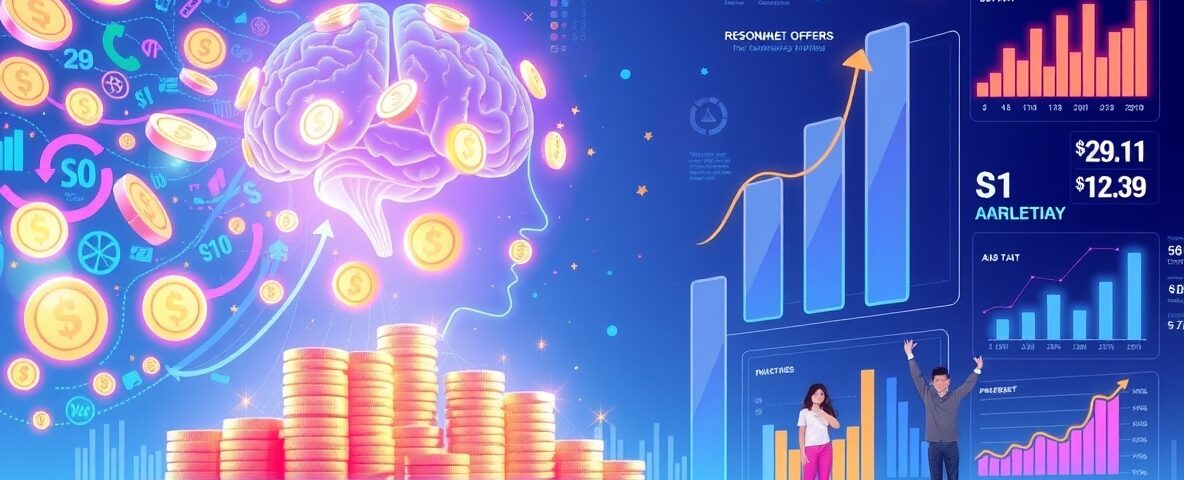
How AI Algorithms Are Powering Dynamic Pricing in Singapore Marketing
September 17, 2025
The Ultimate Guide to Driving Marketing Results with AI Tools
September 17, 2025Data has become the lifeblood of successful marketing strategies in today’s digital landscape. With vast amounts of information available, marketers can harness the power of data to drive marketing return on investment (ROI) like never before. And at the forefront of this data revolution are AI tools, which enable marketers to extract valuable insights, personalize customer experiences, optimize advertising campaigns, and ultimately convert data into dollars.
This blog post delves into data-driven marketing and explores how AI tools can be leveraged to maximize marketing ROI. We will explore how AI tools can be utilized throughout the marketing process, from data collection and analysis to customer engagement and campaign optimization. So, buckle up and prepare to embark on a data-driven journey that leads straight to the pot of marketing gold!
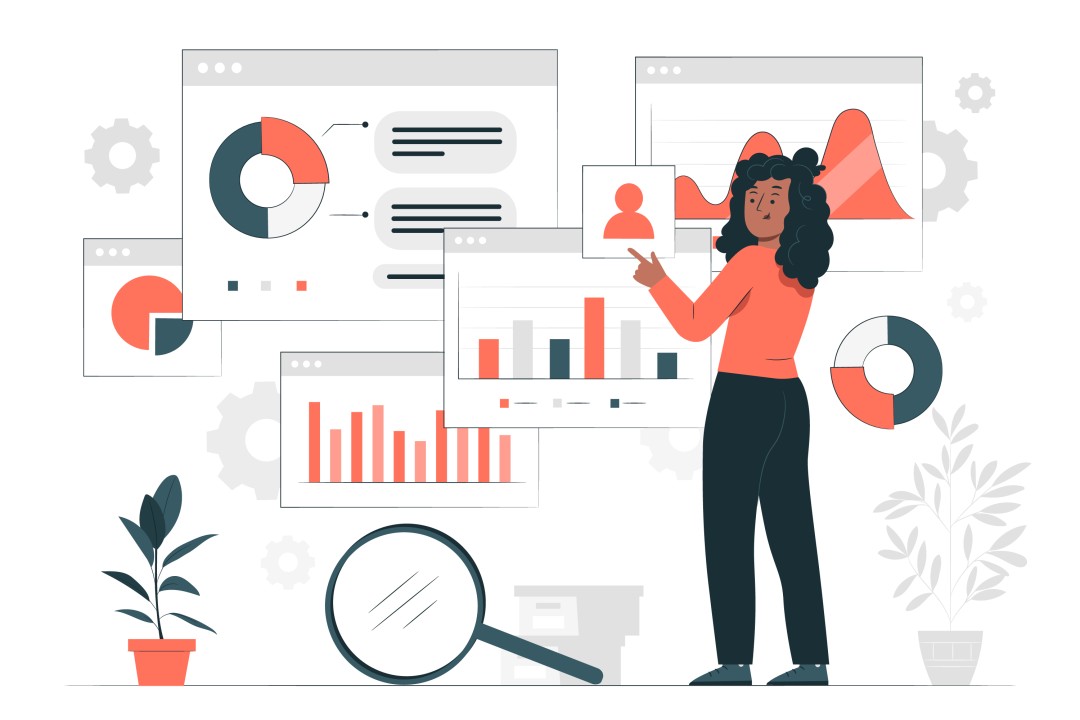
Harnessing Data for Marketing Success
Collecting and organizing customer data
To kickstart a data-driven marketing strategy, the first step is to collect and organize relevant customer data. This includes demographic information, purchase history, website interactions, and more. By consolidating this data into a central repository, marketers can gain a holistic view of their customers and make informed decisions based on accurate insights.
Some practical ways to collect customer data include:
- Website analytics: Utilize tools like Google Analytics to track website visitors, page views, bounce rates, and other valuable metrics.
- CRM systems: Implement customer relationship management (CRM) systems to store and manage customer data efficiently.
- Social media listening: Monitor social media platforms to gather insights on customer preferences, sentiments, and trends.
- Surveys and feedback forms: Gather direct feedback from customers through surveys and feedback forms to understand their needs and preferences.
Analyzing data to gain actionable insights
Collecting data is only the first step; the real magic happens when that data is transformed into actionable insights. AI tools play a crucial role in this process by employing advanced algorithms and machine learning techniques to analyze vast amounts of data quickly and accurately. Marketers can make informed decisions and develop effective marketing strategies by uncovering patterns, trends, and correlations within the data.
Critical methods of data analysis include:
- Descriptive analysis: Summarizing and visualizing data to comprehensively understand past performance and customer behavior.
- Predictive analysis: Using historical data and statistical models to forecast future trends and outcomes.
- Prescriptive analysis: Recommending specific actions and strategies based on data insights to optimize marketing efforts.
Utilizing AI-powered tools for data processing and interpretation
AI tools have revolutionized how data is processed and interpreted, giving marketers powerful capabilities to extract valuable insights. These tools can handle complex tasks such as natural language processing, image recognition, and sentiment analysis, enabling marketers to derive meaningful information from diverse data sources.
Some popular AI-powered tools for data processing and interpretation include:
- Natural Language Processing (NLP) tools: These tools enable marketers to analyze and understand text data, such as customer reviews, social media posts, and survey responses. Using sentiment analysis, NLP tools can identify customer sentiments and opinions, helping marketers tailor their messaging accordingly.
- Image recognition tools: With the rising popularity of visual content, AI-powered image recognition tools allow marketers to analyze and interpret images and videos. This can be useful for identifying brand logos, monitoring social media mentions, and understanding visual trends.
- Predictive analytics platforms: These platforms leverage machine learning algorithms to forecast future trends, customer behavior, and campaign performance. By harnessing the power of AI, marketers can make data-driven predictions and optimize their marketing strategies accordingly.
Real-life examples of successful data-driven marketing campaigns
Let’s take a look at some real-life examples of companies that have successfully implemented data-driven marketing strategies, utilizing AI tools to drive marketing ROI:
- Netflix: The streaming giant is renowned for its personalized recommendations powered by sophisticated AI algorithms. Netflix offers customized content suggestions by analyzing user data, viewing history, and preferences, leading to increased user engagement and retention.
- Amazon: As one of the world’s largest e-commerce platforms, Amazon relies heavily on data-driven marketing. Its recommendation engine analyzes customer browsing and purchasing history to provide tailored product suggestions, resulting in higher conversion rates and customer satisfaction.
- Starbucks: By leveraging customer data collected through its loyalty program, Starbucks delivers personalized offers and promotions to its customers. This data-driven approach has led to increased customer loyalty and higher average spending per customer.
These examples highlight how data-driven marketing, empowered by AI tools, can significantly impact a company’s ROI by delivering personalized experiences, optimizing marketing campaigns, and driving customer engagement.
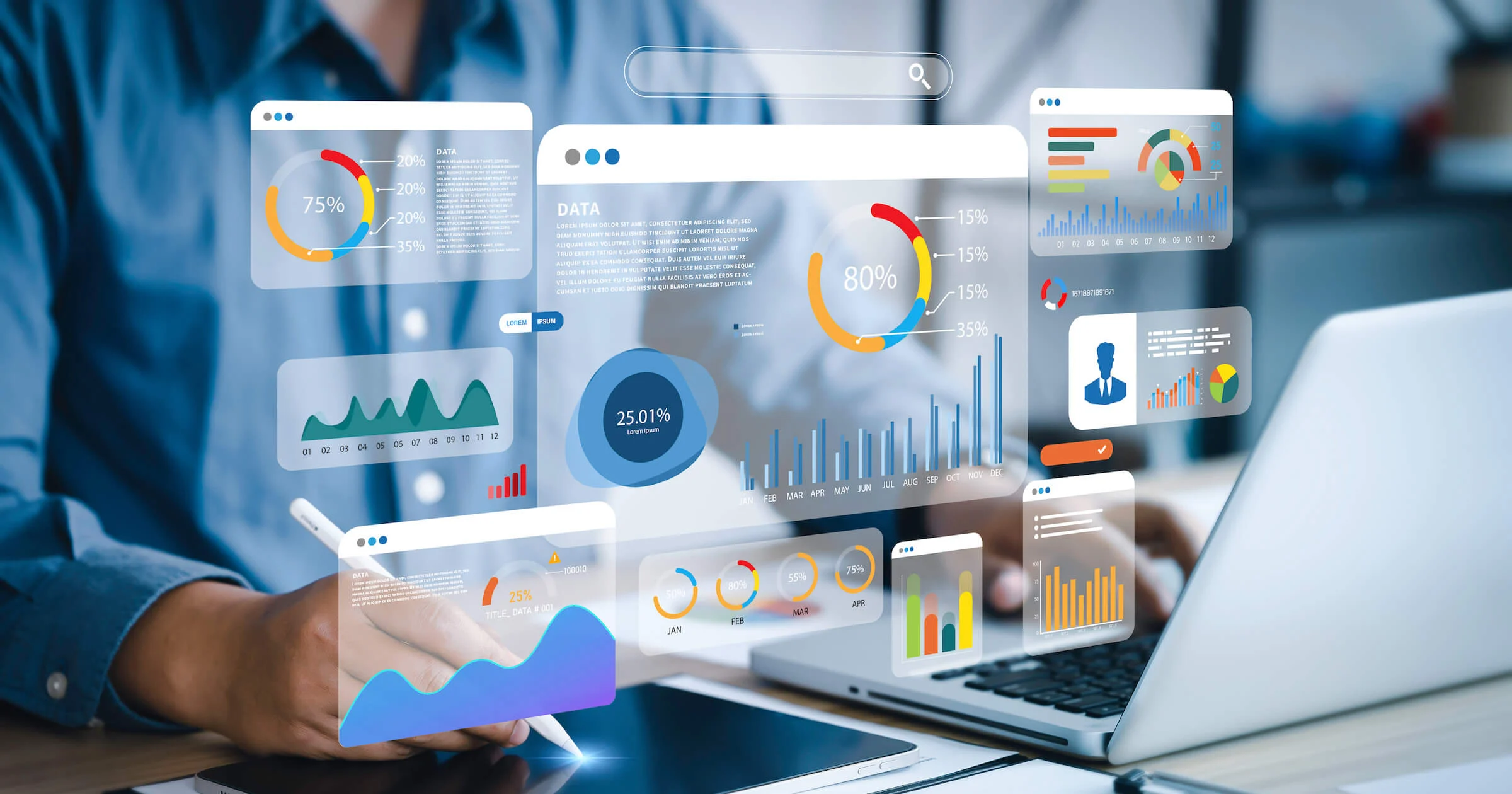
Personalizing Customer Experiences with AI
In today’s hyper-connected world, customers expect personalized experiences from the brands they interact with. AI tools enable marketers to deliver highly personalized content, recommendations, and interactions, ultimately driving customer satisfaction and loyalty.
Leveraging AI for customer segmentation and targeting
Customer segmentation divides a broad customer base into distinct groups based on specific characteristics or behaviors. AI tools excel in this area by analyzing large datasets and identifying meaningful segments that may take time to become apparent to human marketers.
By leveraging AI for customer segmentation, marketers can:
- Identify high-value customer segments: AI algorithms can analyze various data points, such as purchasing history, demographics, and online behavior, to identify segments most likely to generate higher revenue or exhibit specific behaviors.
- Tailor marketing messages: Personalized messaging is vital to resonating with customers. AI tools can analyze customer data to identify unique preferences and behaviors, allowing marketers to create targeted and personalized marketing messages for each segment.
- Optimize marketing spend: By understanding customer segments more deeply, marketers can allocate their marketing budget more effectively, focusing on segments with higher conversion rates or more significant potential for growth.
Implementing AI-driven recommendation engines
Recommendation engines have become a staple in many industries, from e-commerce to entertainment. These engines leverage AI algorithms to analyze customer data and provide personalized recommendations, enhancing the customer experience and driving conversions.
AI-driven recommendation engines can:
- Increase cross-selling and upselling: By analyzing customer purchase history and behavior, recommendation engines can suggest complementary or upgraded products, increasing the average order value.
- Improve content discovery: Streaming platforms like Spotify and YouTube utilize recommendation engines to suggest new songs, artists, or videos based on user preferences. This helps users discover relevant content and drives engagement.
- Enhance customer retention: By offering personalized recommendations based on user preferences, recommendation engines keep customers engaged and encourage repeat purchases or usage.
Customizing marketing messages through AI chatbots
Chatbots have become increasingly popular in customer service and marketing, enabling brands to provide instant assistance and engage with customers in a personalized manner. AI-powered chatbots can simulate human-like conversations and adapt responses based on customer interactions.
The benefits of using AI chatbots in marketing include the following:
- 24/7 customer support: AI chatbots can provide round-the-clock customer support, addressing customer queries and concerns promptly.
- Personalized recommendations: Chatbots can analyze customer preferences and purchase history to offer tailored product recommendations, enhancing the customer experience.
- Lead generation and qualification: Chatbots can engage in conversations with potential leads, collect relevant information, and qualify leads based on predefined criteria, streamlining the sales process.
Case studies showcasing the impact of personalization on ROI:
- Spotify: Spotify’s personalized Discover Weekly playlist, powered by AI algorithms, has become a special feature for its users. By curating a unique playlist for each user based on their listening history and preferences, Spotify has increased user engagement, retention, and satisfaction.
- Netflix: The “Top Picks” section on Netflix’s homepage is a prime example of personalization. By recommending content based on user’s past viewing habits, ratings, and preferences, Netflix increases the likelihood of users finding and watching content they enjoy, leading to longer viewing sessions and decreased churn.
These examples demonstrate how personalization, facilitated by AI tools, can significantly impact marketing ROI by enhancing customer experiences, increasing engagement, and driving conversions.
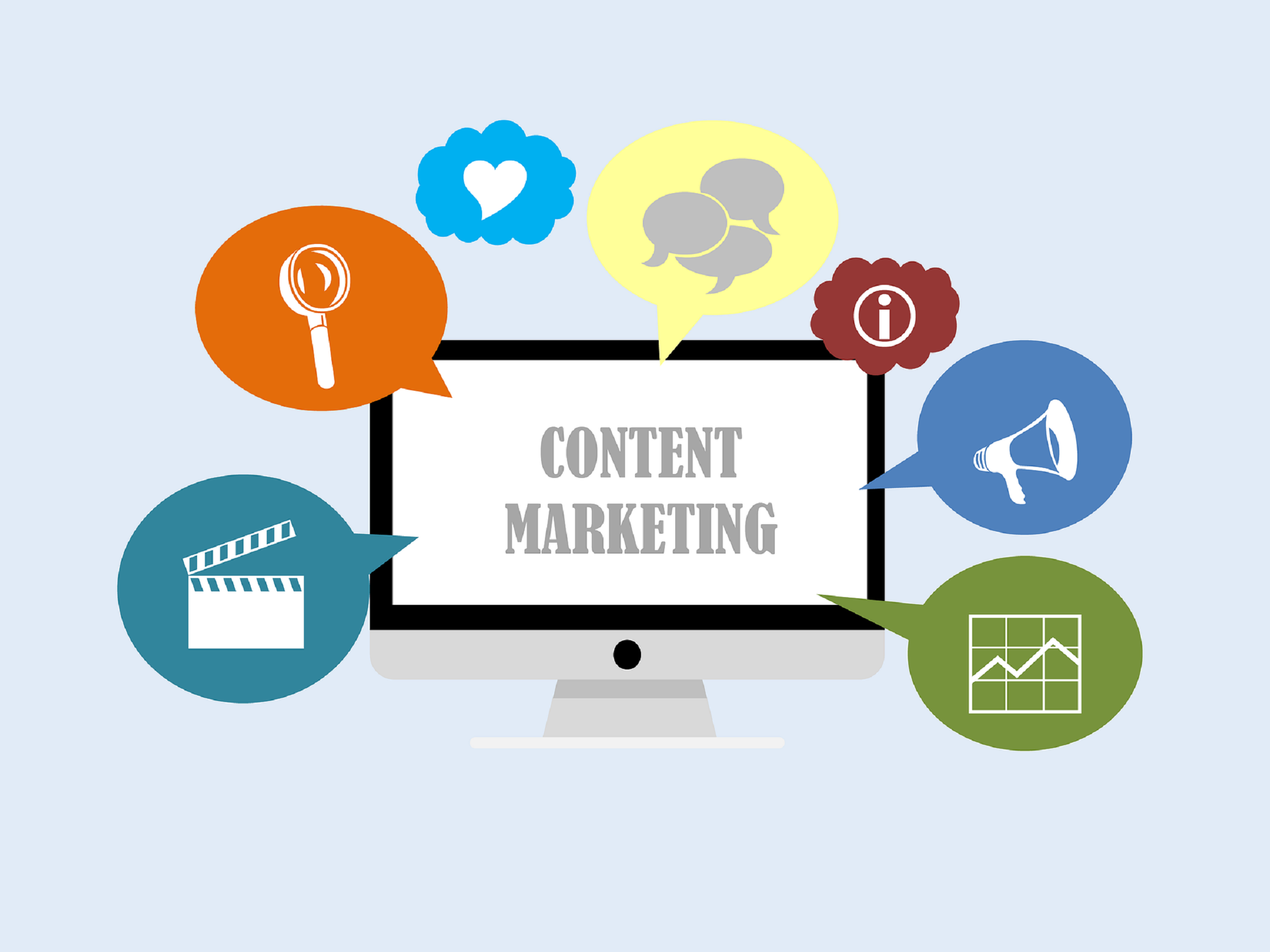
Enhancing Content Marketing with AI
Content marketing plays a crucial role in attracting and engaging audiences. AI tools have the potential to revolutionize content marketing by assisting in content creation, optimization, and distribution.
AI-generated content and its effectiveness
AI has advanced to the point where it can generate human-like text, opening up new possibilities for content creation. While AI-generated content should not replace human-generated content entirely, it can be a valuable tool for augmenting content creation efforts.
The effectiveness of AI-generated content lies in the following:
- Scale and speed: AI tools can generate vast amounts of content quickly, enabling marketers to produce a higher volume of articles, blog posts, and social media updates.
- Data-driven insights: AI-generated content can be informed by data analysis, allowing marketers to incorporate relevant trends, keywords, and insights into their content.
- Personalization: AI-generated content can be tailored to specific audiences, taking into account user preferences, demographics, and behavior to deliver highly targeted messaging.
Utilizing AI tools for content ideation and optimization
AI tools can assist marketers in generating content ideas, optimizing content performance, and improving overall content strategy.
Ways AI tools can enhance content marketing include:
- Content ideation: AItools can analyze vast amounts of data, such as social media trends, search queries, and customer feedback, to generate content ideas that align with current interests and preferences.
- Content optimization: AI tools can analyze content performance metrics, such as click-through rates, time on page, and engagement levels, to identify areas for improvement. They can also provide recommendations for optimizing headlines, structure, and formatting to increase the effectiveness of the content.
- SEO optimization: AI-powered SEO tools can analyze keywords, backlinks, and search engine rankings to guide content creators in optimizing their content for better search visibility and organic traffic.
- Content distribution strategies: AI tools can analyze audience behavior, preferences, and engagement patterns to recommend the most effective channels and times for content distribution. This ensures that content reaches the right audience at the right time.
AI-powered content distribution strategies
Content distribution is as important as content creation. AI tools can optimize content distribution strategies by analyzing audience data and behavior to determine the most effective channels, formats, and timing for content delivery.
AI-powered content distribution strategies include:
- Programmatic advertising: AI algorithms can analyze user data and behavior to serve targeted advertisements across various platforms and channels, ensuring that content reaches the right audience.
- Social media optimization: AI tools can analyze social media trends, audience preferences, and engagement patterns to optimize social media content and posting schedules for maximum reach and engagement.
- Personalized email marketing: AI-powered email marketing tools can analyze customer data and behavior to send customized emails with relevant content recommendations, increasing open rates, click-through rates, and conversions.
- Influencer marketing: AI tools can identify and analyze influencers based on audience relevance, engagement metrics, and brand alignment, helping marketers select the most effective influencers for content promotion.
Notable examples of AI-driven content marketing success:
- The Washington Post: The publication utilizes an AI tool called Heliograf, which automatically generates news articles based on structured data. Heliograf has been instrumental in covering data-heavy topics like election results and sports scores, allowing journalists to focus on more complex stories.
- Grammarly: Grammarly is an AI-powered writing assistant that helps users improve their writing by suggesting grammar and spelling corrections. With millions of users worldwide, Grammarly has become an indispensable tool for content creators, ensuring high-quality, error-free content.
These examples highlight the potential of AI tools in enhancing content marketing efforts, from content creation and optimization to distribution and engagement.
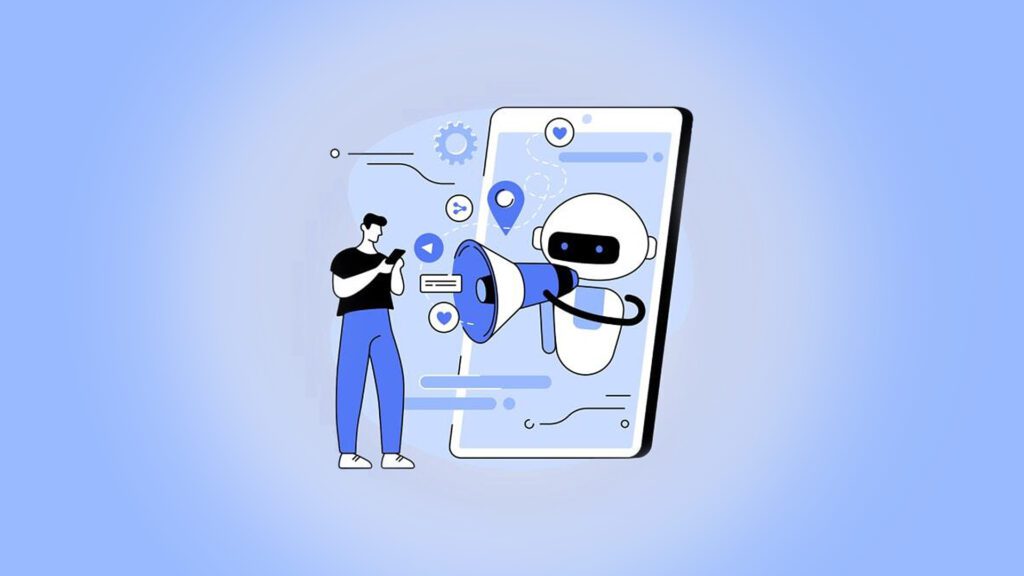
Optimizing Advertising Campaigns with AI
Advertising campaigns are crucial to marketing strategies, and AI tools can significantly enhance their effectiveness by providing valuable insights, automating processes, and optimizing ad targeting and performance.
AI-based predictive analytics for ad targeting
Traditional ad targeting methods often rely on demographic data and basic user characteristics. However, AI-based predictive analytics can take ad targeting to a new level by leveraging advanced algorithms to analyze vast data and predict user behavior and preferences.
AI-based predictive analytics can:
- Identify high-value audiences: By analyzing historical data and user behavior, AI algorithms can identify specific audience segments that are most likely to convert or exhibit desired behaviors. This enables marketers to target their ads more effectively.
- Optimize ad placement: AI tools can analyze various factors, such as content context, user engagement levels, and ad performance metrics, to determine the optimal ad placement, ensuring maximum visibility and impact.
- Dynamic ad personalization: AI algorithms can dynamically personalize ad content and creatives based on real-time user data and preferences, delivering highly relevant and engaging ads that resonate with the target audience.
Automating ad creation and optimization
Creating and optimizing ads can be time-consuming and resource-intensive. AI tools can streamline these processes by automating ad creation and optimization, allowing marketers to focus on strategy and creativity.
AI-powered ad automation can:
- Generate ad variations: AI tools can automatically generate multiple ad variations with different headlines, images, and call-to-action buttons. This enables marketers to test and iterate combinations to identify the most effective ad elements.
- Optimize ad performance: AI algorithms can continuously monitor performance metrics, such as click-through rates, conversions, and engagement levels, and make real-time adjustments to optimize ad delivery and performance.
- A/B testing: AI tools can conduct A/B tests by randomly assigning ad variations to different audience segments and analyzing performance data to determine the winning ad version.
Dynamic pricing and AI-driven bid management
Dynamic pricing and bid management are critical aspects of advertising campaigns. AI tools can analyze various factors, such as demand, competition, and user behavior, to optimize pricing strategies and bid management, maximizing advertising ROI.
AI-driven dynamic pricing and bid management can:
- Real-time price optimization: AI algorithms can analyze real-time market conditions, customer behavior, and competitor pricing to adjust ad prices dynamically, ensuring optimal revenue generation and competitiveness.
- Automated bid management: AI tools can automatically adjust bidding strategies based on performance data, budget constraints, and predefined goals. This ensures ads are displayed to the most relevant audience at the optimal bid price.
Case studies demonstrating the impact of AI on advertising ROI:
- Google Ads: Google Ads utilizes AI algorithms to optimize ad performance and maximize ROI. Through automated bidding strategies, ad placement optimization, and dynamic ad personalization, Google Ads helps advertisers achieve better campaign results and higher conversion rates.
- Coca-Cola: Coca-Cola implemented an AI-powered programmatic advertising campaign that analyzed real-time data and consumer behavior to deliver personalized and targeted ads. This approach resulted in increased engagement, brand awareness, and sales.
These case studies illustrate how AI tools can transform advertising campaigns, enabling marketers to optimize targeting, automate processes, and maximize advertising ROI.
.jpg)
Improving Customer Engagement through AI
Customer engagement is critical in building strong customer relationships and driving conversions. AI tools offer innovative solutions to enhance customer engagement by providing personalized interactions, analyzing sentiment, and leveraging social media platforms.
AI-powered chatbots and virtual assistants
Chatbots and virtual assistants have become popular tools for customer engagement. AI-powered automated systems can simulate human-like conversations, provide instant support, and address customer queries and concerns.
AI-powered chatbots and virtual assistants can:
- Provide 24/7 customer support: Chatbots can handle various customer inquiries, providing instant responses and assistance round-the-clock.
- Personalize customer interactions: Chatbots can analyze customer data, purchase history, and preferences to deliver personalized recommendations and support, enhancing the customer experience.
- Automate repetitive tasks: Chatbots can automate tasks such as order tracking, appointment scheduling, and FAQs, freeing human resources for more complex customer interactions.
Natural language processing for sentiment analysis
Understanding customer sentiments and opinions is crucial for effective customer engagement. AI-powered natural language processing (NLP) tools can analyze text data, such as customer reviews, social media posts, and survey responses, to extract sentiment and identify customer preferences and concerns.
NLP-based sentiment analysis can:
- Monitor brand reputation: By analyzing social media mentions and customer reviews, sentiment analysis can provide real-time insights into brand perception, helping marketers address issues promptly and proactively.
- Personalize customer interactions: Sentiment analysis can help tailor responses and recommendations based on customer sentiments, ensuring more empathetic and personalized engagements.
- Identify emerging trends: By analyzing sentiment across various platforms and channels, sentiment analysis can identify emerging trends and shifts in customer preferences, allowing marketers to adapt their strategies accordingly.
AI-driven social media engagement strategies
Social media platforms offer vast opportunities for customer engagement, and AI tools can help marketers optimize their social media strategies to drive meaningful interactions and build brand loyalty.
AI-driven social media engagement strategies include:
- Content scheduling and optimization: AI tools can analyze audience behavior, engagement patterns, and optimal posting times to schedule social media content for maximum reach and impact.
- Automated social media listening: AI-powered tools can monitor social media platforms for mentions, hashtags, and keywords related to the brand, allowing marketers to identify opportunities for engagement, address customer concerns, and participate in relevant conversations.
- Social media sentiment analysis: AI algorithms can analyze social media conversations and comments to gauge customer sentiment, identify potential influencers, and develop targeted engagement strategies.
- Chatbot integration: AI-powered chatbots can be integrated into social media platforms to provide instant customer support, answer FAQs, and engage in conversations, enhancing customer experiences and driving engagement.
Real-world instances of enhanced customer engagement using AI:
- Airbnb: Airbnb utilizes AI-powered chatbots to enhance customer engagement and support. Their chatbot can handle various inquiries, provide travel recommendations, and offer personalized suggestions based on user preferences and destination choices.
- Sephora: Sephora’s Virtual Artist chatbot uses AI to provide personalized makeup tips, product recommendations, and beauty advice. Sephora enhances customer engagement and promotes brand loyalty by engaging customers in interactive conversations.
These examples demonstrate how AI tools can be leveraged to improve customer engagement on social media platforms, leading to enhanced brand experiences, increased customer satisfaction, and higher conversion rates.
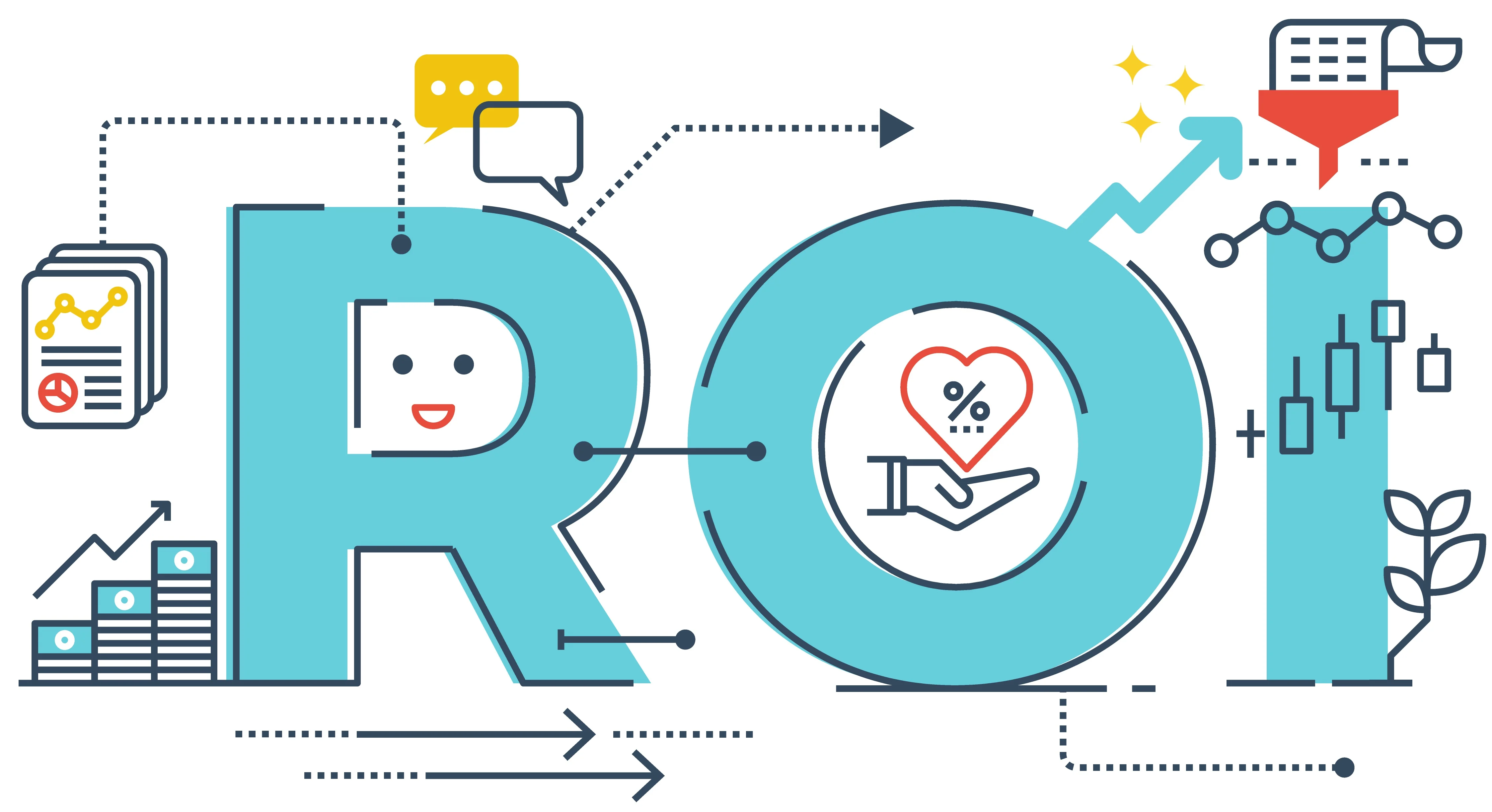
Measuring and Maximizing Marketing ROI with AI
Measuring marketing ROI is crucial for evaluating the effectiveness of marketing strategies and optimizing budget allocation. AI tools offer advanced analytics capabilities and predictive modeling techniques to measure and maximize marketing ROI.
AI tools for tracking and measuring campaign performance
AI tools provide marketers with advanced analytics capabilities to track and measure the performance of marketing campaigns, providing valuable insights for optimization.
AI-powered tools for tracking and measuring campaign performance include:
- Marketing analytics platforms: These platforms integrate data from multiple sources, such as website analytics, CRM systems, and advertising platforms, to provide a comprehensive view of campaign performance. They can generate detailed reports, track key performance indicators, and identify areas for improvement.
- Attribution modeling: AI tools can analyze customer touchpoints and interactions across various channels to determine the most influential touchpoints in the customer journey. This helps marketers allocate marketing budgets more effectively and optimize campaign strategies accordingly.
- Real-time dashboards: AI-powered dashboards provide real-time visibility into campaign performance, allowing marketers to monitor key metrics, identify trends, and make data-driven decisions in real time.
Predictive analytics for forecasting and budget allocation
AI-powered predictive analytics enable marketers to forecast future trends, customer behavior, and campaign performance, empowering them to allocate marketing budgets effectively and make informed decisions.
Predictive analytics can:
- Forecast customer behavior: By analyzing historical data, AI algorithms can predict future customer behavior, such as purchasing patterns, churn rates, and engagement levels. This helps marketers anticipate customer needs, develop targeted campaigns, and optimize budget allocation.
- Optimize marketing mix: Predictive analytics can simulate various scenarios, such as different budget allocations, channel mix, and campaign strategies, to identify the optimal marketing mix that maximizes ROI.
- Predict revenue and ROI: By combining data on marketing efforts, customer behavior, and external factors, predictive analytics can estimate revenue and ROI for future campaigns, assisting marketers in setting realistic goals and evaluating campaign success.
AI-powered attribution modeling
Attribution modeling is crucial for understanding the contribution of each marketing touchpoint in the customer journey. AI-powered attribution modeling goes beyond simple rule-based models and leverages machine learning algorithms to provide more accurate and granular insights.
AI-powered attribution modeling enables marketers to:
- Identify the most influential touchpoints: AI algorithms can analyze vast amounts of data to determine the impact of each touchpoint on customer conversions. This helps marketers understand which channels, campaigns, or interactions have the most significant influence on ROI.
- Optimize budget allocation: By understanding the contribution of each touchpoint, AI-powered attribution modeling helps marketers allocate their marketing budgets more effectively, focusing resources on the most impactful touchpoints and campaigns.
- Measure cross-channel and cross-device interactions: AI algorithms can track customer interactions across multiple channels and devices, providing a holistic view of the customer journey. This allows marketers to identify synergies and optimize cross-channel marketing strategies.
Success stories of organizations leveraging AI for ROI optimization:
- Adobe: Adobe’s AI-powered marketing platform, Adobe Sensei, enables marketers to optimize marketing ROI by providing advanced analytics, predictive modeling, and AI-driven content personalization. By leveraging AI capabilities, Adobe helps marketers maximize the effectiveness of their campaigns and drive ROI.
- Walmart: Walmart utilizes AI tools to optimize its marketing ROI. By analyzing customer data, purchase history, and product preferences, Walmart can personalize product recommendations, optimize pricing strategies, and allocate marketing budgets effectively, increasing customer satisfaction and revenue.
These success stories illustrate how organizations can leverage AI tools to measure and maximize marketing ROI, making data-driven decisions and optimizing marketing strategies for better results.
AI tools have become essential in driving marketing ROI from data to dollars. By harnessing the power of data, marketers can gain valuable insights, personalize customer experiences, optimize advertising campaigns, and enhance customer engagement. AI tools enable marketers to collect and organize customer data, analyze it to gain actionable insights and utilize it for personalized customer experiences.
AI also revolutionizes content marketing by assisting in content creation, optimization, and distribution. It optimizes advertising campaigns through predictive analytics, ad automation, and bid management. Moreover, AI tools improve customer engagement through chatbots, sentiment analysis, and social media strategies. Lastly, AI enables marketers to measure and maximize marketing ROI through tracking and analytics, predictive and attribution modeling.
As the digital landscape evolves, AI tools will play an increasingly vital role in driving marketing success. By leveraging AI, marketers can convert data into dollars, unlocking the full potential of their marketing strategies and achieving remarkable ROI.


